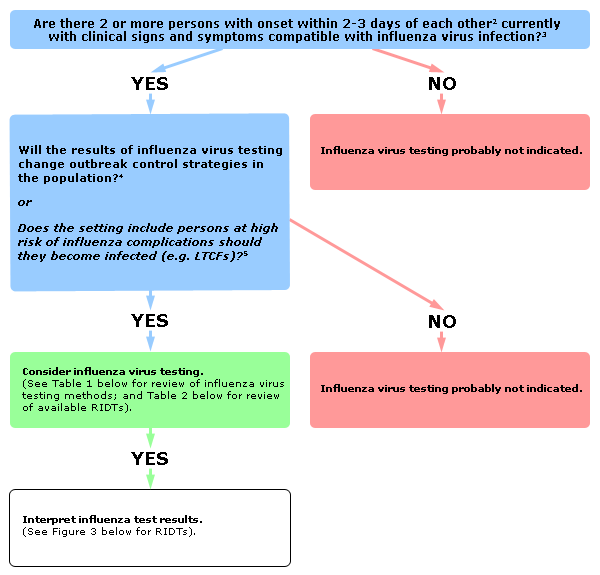6 Rules to Follow
When it comes to a pregnancy test many women want to have a test as soon as possible. At the same time,
they do not want to waste money on a test, only to discover they are not pregnant. Expect to start your period can be nerve-wracking, but watching a big empty white space on a pregnancy test can be just as annoying.
Pregnancy tests have come a long way. They are used to wait until your period to end before you could get an accurate result on a pregnancy test, but they now have new tests aren't damn sensitive. In fact, some of them are even more sensitive than taking the urine test to the doctor's office. If you are like me and want to take an early pregnancy test - before your period is late - here are a few rules that you should consider.
Early pregnancy test rules to follow:
Rule # 1: Know when you ovulate. If you want to test early, you really need to know when you ovulate. The best way to determine if ovulation is to keep a BET chart, but you can also test for ovulation predictor to give you a good idea of when ovulation has occurred. The reason it's important to know your ovulation is that when you ovulate, your period will also be higher later. Late ovulation would push back the date on which you would be able to make a positive test.
Rule # 2: Use a test sensitive brand First Response or Clear blue first results. There are several over the mark against pregnancy tests for developed tests early. When you buy your pregnancy tests once the packaging carefully and make sure it says you can use it to five days before your period is due.
Rule number 3: Test earlier than 10 days after ovulation does not start (or earlier than five days before the maturity period). Even if you test too early, a test is too close to ovulation will only lead to frustration. Before you get a positive test, the implant should occur. Implantation is generally about 7 to 10 days after ovulation. Once the egg is implanted, your body will start producing hCG. This is the hormone that pregnancy tests look for. Generally, after implantation, it takes about 2 or 3 days before starting to show enough hCG pregnancy test.
Rule # 4: The first morning urine. The latest pregnancy tests do not require you to use first morning urine. However, if you test early morning urine can be helpful. Morning urine is more concentrated in the rule and is best for early pregnancy tests.
Rule # 5: Do not read the results of a pregnancy test after the deadline. Read the manufacturer's instructions, if the test results. It is possible to have a low colorless line or a line evaporation see when you read a test after the deadline. There are two places to join the dye for a pregnancy test - one for the command line and the other is the test line. Sometimes the urine may leave a stain when the test line would have developed. This coloring can sometimes be mistaken as a positive result.
Rule # 6: Do not be discouraged if your test is negative. As a tester involved and early lets you know if you are pregnant to an early start, but you are also more likely to be negative, if you really test early. If the test is negative and your period is not too late, do not worry. You may have miscalculated when your period was later usual ovulation, implantation is delayed or urine was probably not focused enough. Wait a few days, if you get a negative test and try again....

No comments:
Post a Comment